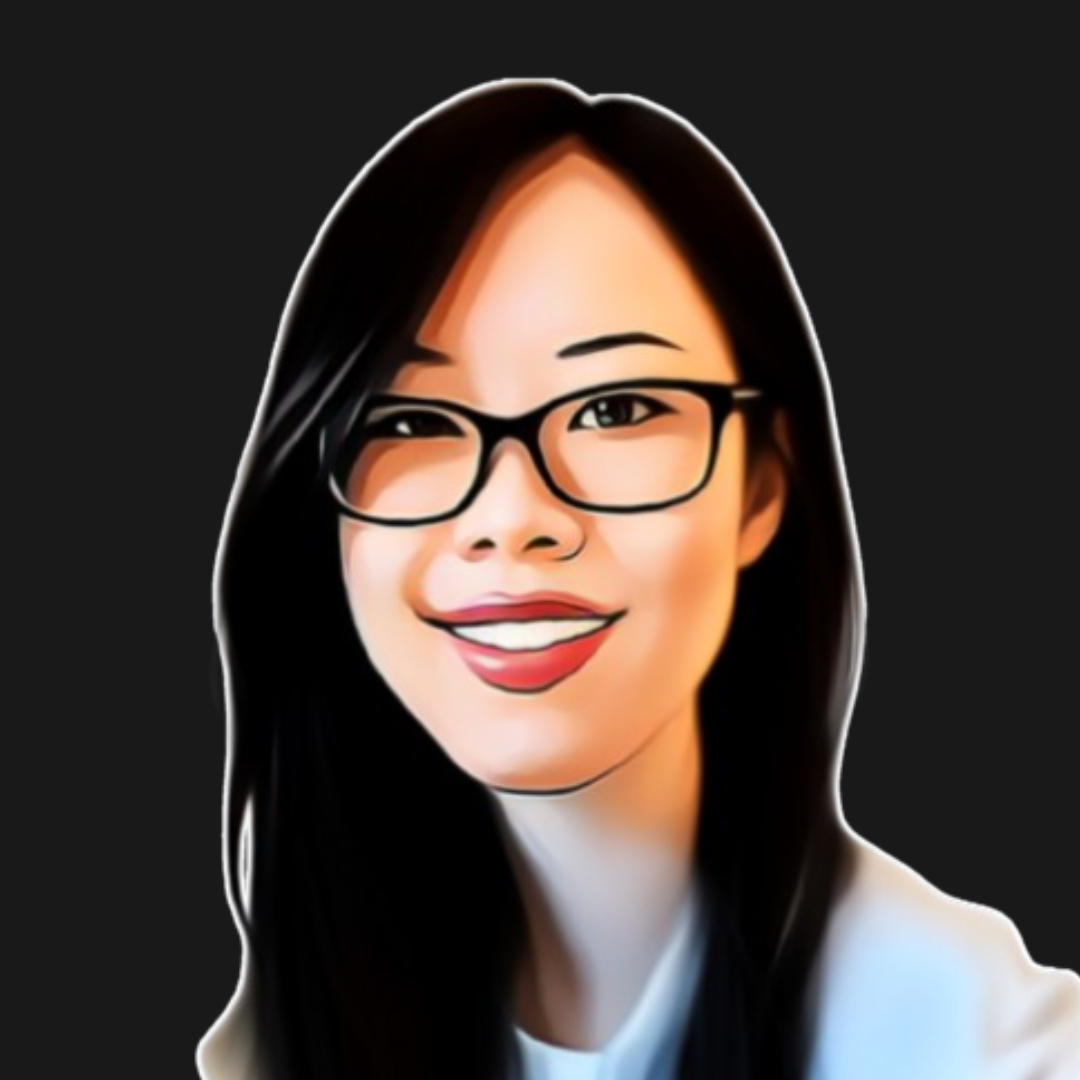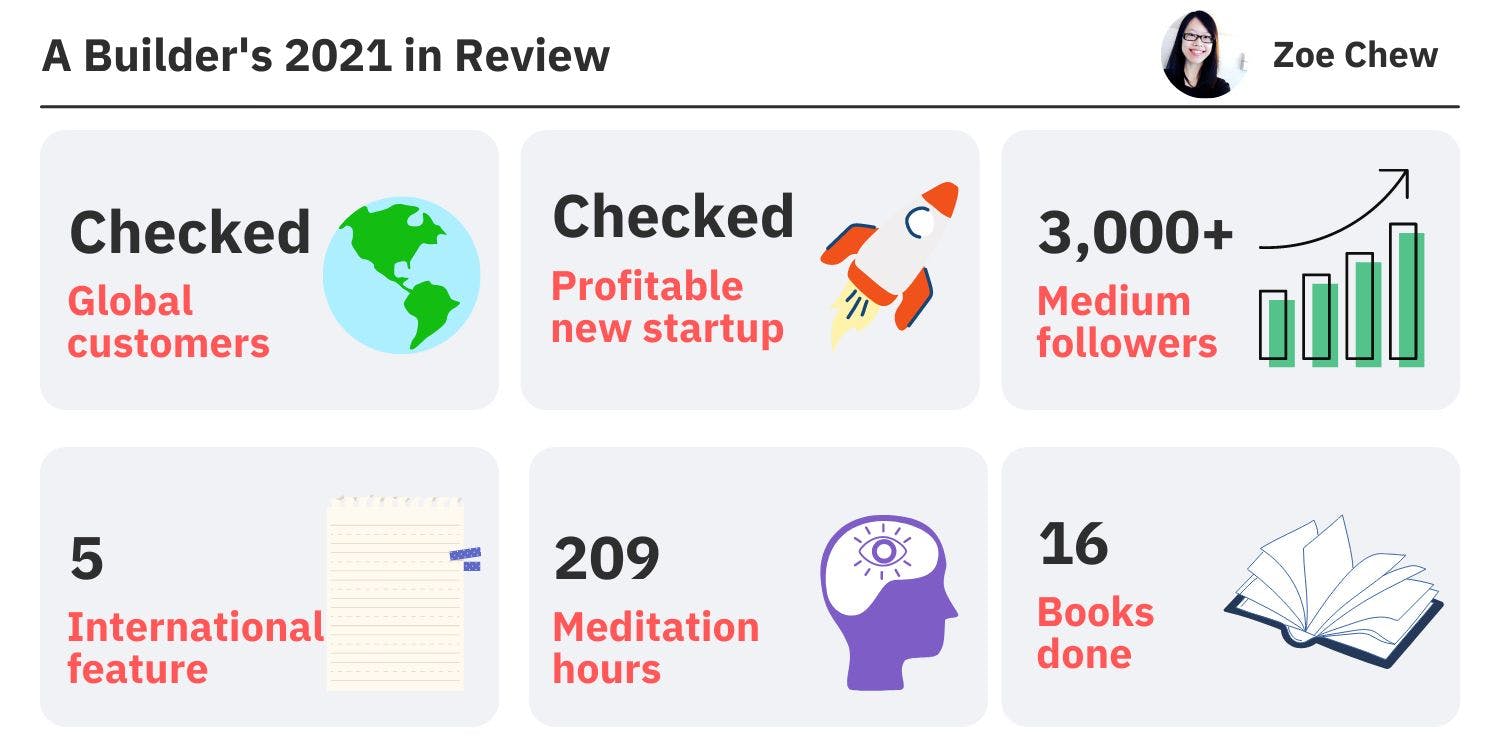354 reads
Templates I Used To Validate Ideas and Get Paying Customers in 2021
by
December 28th, 2021
Audio Presented by

My Tools: whizzoe.com/#tools . Creator, writer & productivity lover. HackerNoon Award Winner in 2020 & 2021.
About Author
My Tools: whizzoe.com/#tools . Creator, writer & productivity lover. HackerNoon Award Winner in 2020 & 2021.
